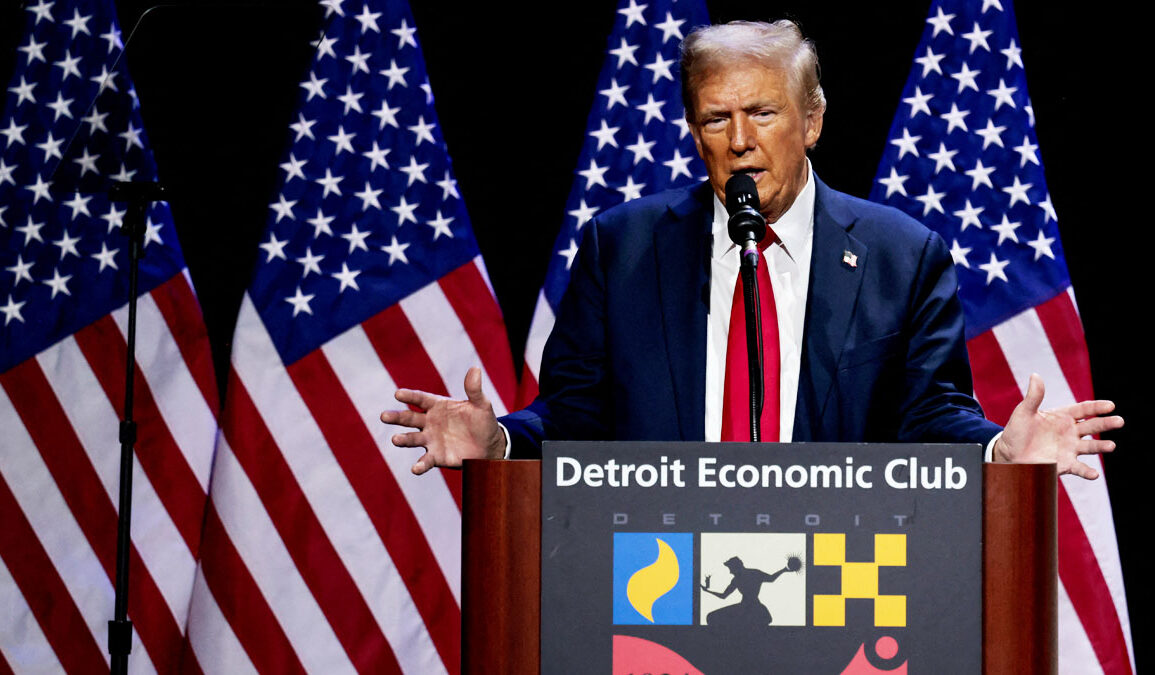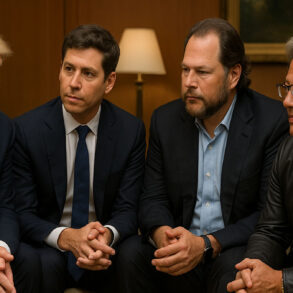Across the globe, the conservative right is experiencing a remarkable resurgence, marking one of the most profound political realignments since the end of the Cold War. This trend, which began as a ripple, has evolved into a tidal wave, reshaping democracies and challenging the status quo. From the Americas to Europe, and even in traditionally progressive regions, right-wing parties are gaining momentum, asserting their values, and redefining governance.
The Rise of Conservatism: A Global Phenomenon
The data is striking. In 2024, left-wing parties across 73 democracies achieved a record-low average vote share of 45.4%, while right-wing parties amassed over 1.5 billion votes globally—the highest ever recorded in a single year. This surge has manifested in several key regions:
- United States: Donald Trump’s 2024 victory, alongside Republican dominance in Congress, solidified the conservative movement’s grip on American politics. According to Matthijs Rooduijn, a political scientist from the University of Amsterdam, “The trend is up. There is no real reason to expect that it will stop anytime soon.”
- Canada: Pierre Poilievre, often dubbed “Canada’s version of Trump,” is poised to lead the country after Justin Trudeau’s resignation. Polls suggest Poilievre’s populist message has resonated strongly with voters.
- Europe: Germany’s conservative CDU is poised to reclaim power, while far-right parties like Alternative for Germany (AfD) are making unprecedented gains. In France, Marine Le Pen’s National Rally is now a dominant force, with Jeremy Cliffe of the European Council on Foreign Relations noting, “The globalization-driven decline of organized labor, rising identity politics, and the left’s fragmentation have fueled the right’s momentum.”
- Latin America: The left’s longstanding control has waned, with victories by leaders like Argentina’s Javier Milei and Ecuador’s Daniel Noboa. Dr. Christopher Sabatini of Chatham House highlighted, “Leftist parties have seen their vote share decline as a result of inept governing, overpromises, and corruption.”
- Asia and Australia: India’s BJP continues its dominance under Narendra Modi, while Australia’s conservatives are gaining ground against the Labor government ahead of elections.
Causes of the Conservative Surge
The global shift toward conservatism is driven by several intertwined factors:
- Economic Discontent:
- Deindustrialization, job insecurity, and income stagnation have eroded faith in progressive policies. Globalization’s outsourcing of manufacturing jobs has left traditional working-class voters feeling alienated.
- “In the last two decades, voters’ concerns over crime and violence have shot up,” said Dr. Sabatini, emphasizing how conservatives have capitalized on these anxieties by advocating for protectionist trade policies and prioritizing national industries.
- Identity Politics:
- Rising concerns about cultural preservation and immigration have allowed right-wing parties to appeal to nationalist sentiments. During Europe’s refugee crisis, far-right leaders like Hungary’s Viktor Orbán framed migrants as existential threats, calling them “Muslim invaders.”
- Failures of the Left:
- Fragmentation and overpromising without delivering have alienated voters. Cliffe pointed out, “A general tendency among leftist forces to fragment rather than unite has weakened their appeal.”
- Scandals and perceived ineffectiveness, especially in addressing crime and corruption, have diminished trust in progressive leadership.
- Globalization’s Backlash:
- The rapid globalization of economies has created winners and losers. Right-wing leaders promise to “take back control” and protect local jobs and industries, resonating deeply with voters who feel left behind.
Advantages of the Conservative Resurgence
Supporters of the conservative movement highlight several potential benefits:
- Stability and Order:
- Emphasis on law and order policies has resonated in regions plagued by crime and unrest. Trump’s administration has championed these policies, focusing on stricter immigration controls and stronger policing.
- Economic Revival:
- Policies favoring deregulation, tax cuts, and support for small businesses aim to stimulate growth. Pierre Poilievre’s economic platform in Canada has centered on lowering taxes and reducing government bureaucracy.
- Cultural Preservation:
- Promises to uphold traditional values and resist what conservatives view as the erosion of societal norms have energized their base. Marine Le Pen has repeatedly emphasized the need to protect “French identity” from what she describes as the pressures of multiculturalism.
- Sovereignty and Self-Reliance:
- Nationalist rhetoric emphasizing sovereignty over globalist agendas has found widespread appeal. In Germany, the AfD has pushed for greater national control over immigration policies and a reduction in EU influence.
Criticism and Detractors
Despite its ascendancy, the conservative movement is not without controversy. Critics argue:
- Erosion of Democratic Norms:
- Allegations of authoritarian tendencies and undermining institutions have been leveled against leaders like Orbán in Hungary and Bolsonaro in Brazil. Critics warn of the risks of “democratic backsliding,” where governments consolidate power at the expense of checks and balances.
- Exacerbation of Divisions:
- Right-wing rhetoric, particularly on immigration and cultural issues, has deepened societal polarization. In the U.S., Trump’s inflammatory remarks about immigrants as “monsters” and “stone-cold killers” have drawn sharp criticism.
- Environmental Concerns:
- Rollbacks on climate initiatives, as seen with Trump’s withdrawal from the Paris Agreement during his first term, risk worsening global warming. Critics argue that prioritizing short-term economic gains over environmental sustainability will have lasting consequences.
- Economic Risks:
- Protectionist measures could lead to trade wars and inflation, undermining long-term economic stability. Trump’s proposed tariffs on Canadian and Chinese imports, for example, have raised concerns about potential repercussions for global markets.
The Conservative Wave: Trends and Implications
The current trend indicates that conservative movements are not a fleeting phenomenon but part of a broader shift in political dynamics. “The globalization-driven decline of organized labor” and the “rising identity politics harnessed more successfully by the right than the left,” as Cliffe noted, are key drivers of this movement.
Younger leaders are emerging within these movements, bringing a fresh appeal to conservative ideologies. In Australia, Canada, and parts of Europe, conservatives are rebranding themselves as champions of the people, capable of navigating economic and cultural challenges.
However, this rise also demands vigilance to ensure that democratic principles are upheld and that the movement does not veer into extremism. The normalization of far-right ideologies, particularly in Europe, has already begun to reshape EU policies on immigration and asylum seekers.
As history unfolds, the world will watch closely how this political realignment evolves. For supporters, it is a hopeful return to order and tradition; for detractors, it is a step backward. Regardless, the conservative surge marks a defining chapter in global politics, reflecting a collective desire for change in a complex and uncertain world.








